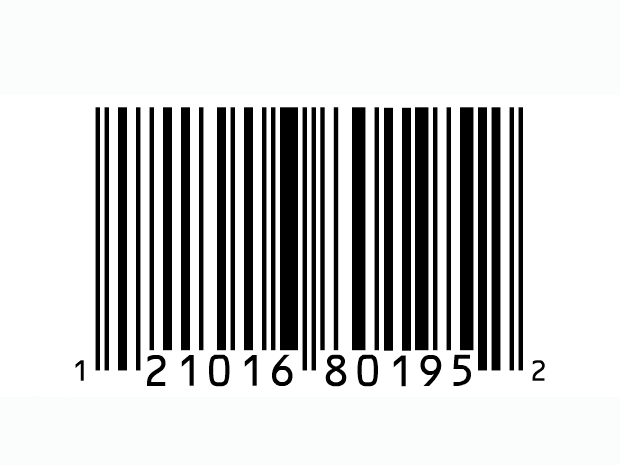
Read the latest Issue
Searching for epigenetic marks – chemical tags that influence how a cell’s genetic information is read – in many samples at once has just become easier, thanks to a new method developed by the Steinmetz lab at EMBL Heidelberg.

The approach, called Bar-ChIP, is based on attaching molecular barcodes to the fragments of genetic material the researchers want to study, and enables scientists to process many samples in parallel, without having to resort to robotic devices.
“With Bar-ChIP, we were able to probe fifteen individual chromatin extract samples at once for an epigenetic mark,” says PhD student Christophe Chabbert, who carried out the research together with postdoc Sophie Adjalley. “This means that instead of performing 75 independent experiments, only five experiments were required to get the same information.”
Applying their new technique to yeast, the EMBL scientists have begun to untangle how having one specific tag may affect whether a histone – one of the proteins DNA is coiled around – receives further tags.
Looking for past print editions of EMBLetc.? Browse our archive, going back 20 years.
EMBLetc. archive